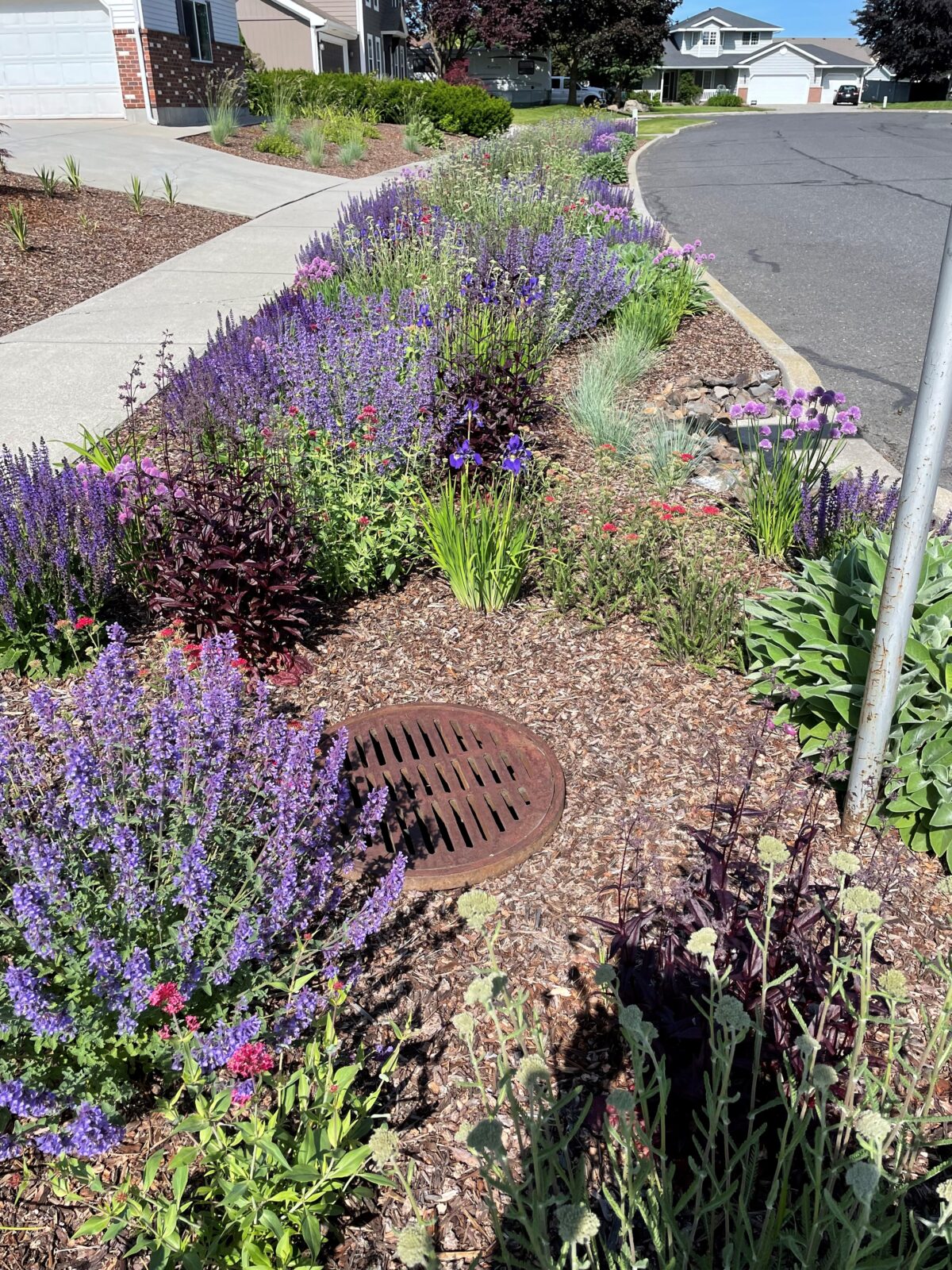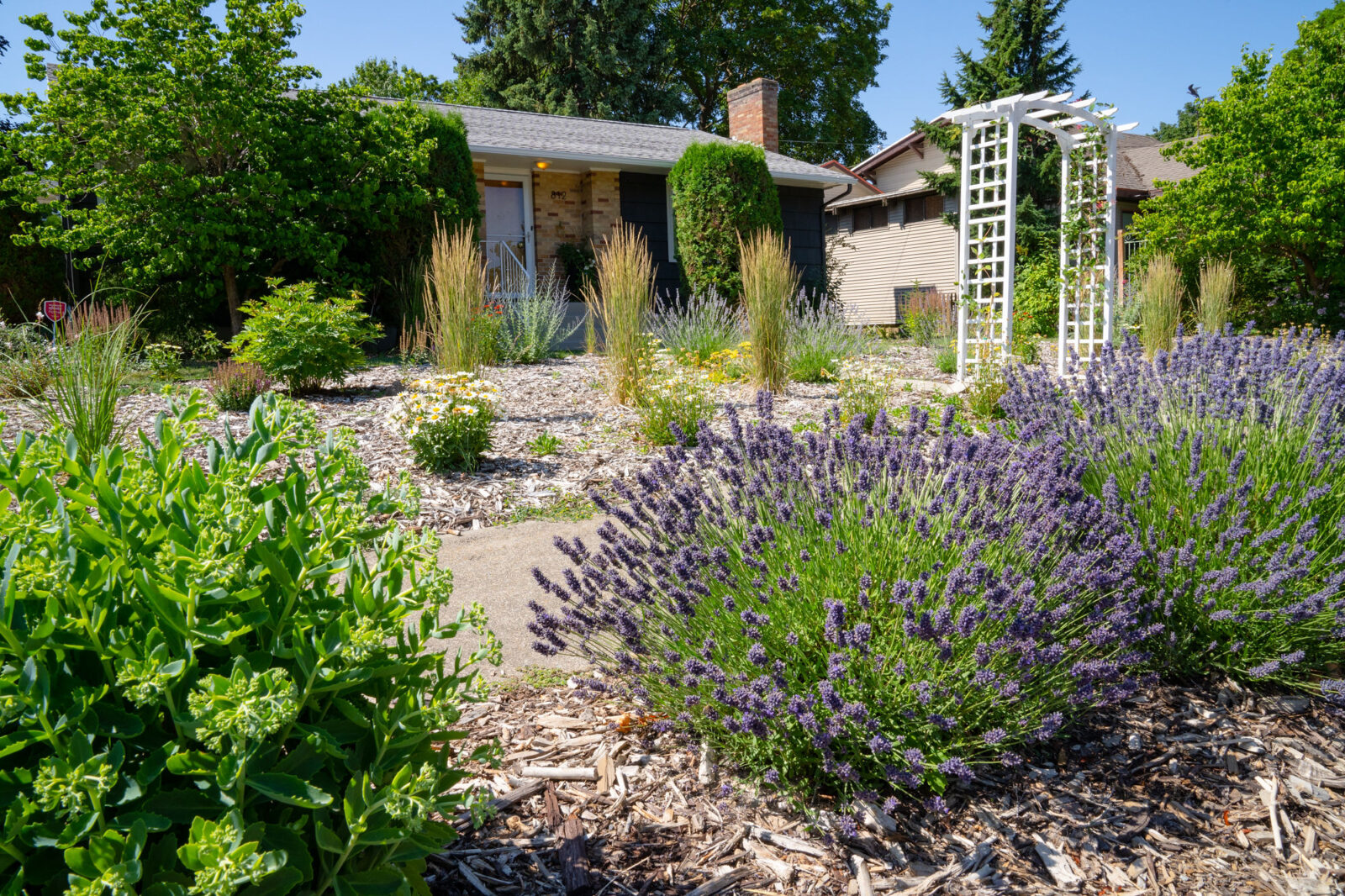Safe Havens for Pollinators
March 3, 2023
March 3, 2023
By Emalee Gillis, Conservancy Volunteer

Pollinators are key to human existence. If we didn’t have pollinators, we wouldn’t have plants. If we had no plants, we would have no oxygen. While it is true that some plants, like grasses, pollinate by wind, all flowering plants require pollinators. Almost all the plants that humans raise for food also require pollinators.
Many people believe that honeybees are the only pollinators that we need to worry about. Actually, honeybees are only a portion of all pollinators. A lot of the moths are pollinators. A myriad of native bees, ranging in size from the point of pencil lead to the large and familiar bumblebees, are pollinators. There are also mammals that pollinate, like bats, and species of birds like hummingbirds that transfer pollen as they go back and forth between plants for nectar.
According to the US Department of Agriculture, during the past 30-plus years, our nation’s pollinator populations have suffered serious losses due to invasive pests and diseases, exposure to chemicals, loss of habitat, loss of diversity, and changing climate.
To combat this trend, people across the country have converted lawns or parts of lawns into oases that attract and feed pollinators. A lawn planted in bluegrass, a popular lawn grass, is like an agricultural desert. Adding even relatively small plantings of native flowers, or beneficial trees and shrubs, can help create valuable conditions for pollinators and build important habitat corridors.
When talking about attracting pollinators, use of native plants quickly enters the conversation because native plants co-evolved with local pollinators. Native plants evolved in a way to provide food for pollinators common in the local area. They also provide a place for pollinators to lay their eggs. Ornamental non-native plants are often not a source of food for local pollinators. By planting a mix of native plants that bloom at different times of the year, Inland Northwest residents can provide pollinator buffets from March through October in our very own yards.
SpokaneScape is a city-wide program to help Spokane residents replace their lawns with drought-resistant plants to reduce water usage. When talking about drought-resistant plants, the conversation again turns to native plants. These plants evolved in a way to require the level of moisture common in our area. Kyle Merritt, SpokaneScape Coordinator, estimates that participants typically reduce their summer water by about a third. SpokaneScape offers do-it-yourself info, recommendations for professional assistance, and financial incentives.

According to Tom Stralser, owner of the nursery Seed 2 Shade Native Plants, homeowners can start small. He suggests starting with a few native plants or transforming a flowerbed into one that only has native plants. SpokaneScape offers a design seen below for turning a parking strip into a source of food for pollinators. See the SpokaneScape website for recommended plants. If you are ready to go big, SpokaneScape can support a full front-yard transformation like the one below.
Photos courtesy of City of Spokane
Emalee Gillis has an MFA in Creative Writing and is currently focused on developing her fiction writing skills. Emalee and her husband, Bill used the SpokaneScapes program to replace their front lawn with all native plants and reduced water usage in the summer of 2022 by half compared to the summer of 2021. Their new front lawn provides a habitat for pollinators from March through October.
Want to queue up your garden for spring with the help of a local expert? Join Pat Munts, former gardening writer for the Spokesman Review, on Wednesday, March 8 in the lobby of the Community Building (35 W Main) for a presentation about getting your garden ready for spring. Register for this free event here.